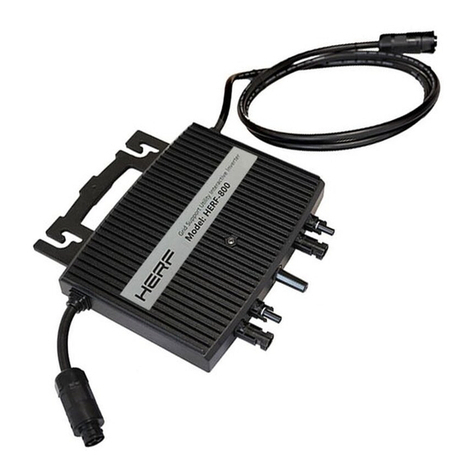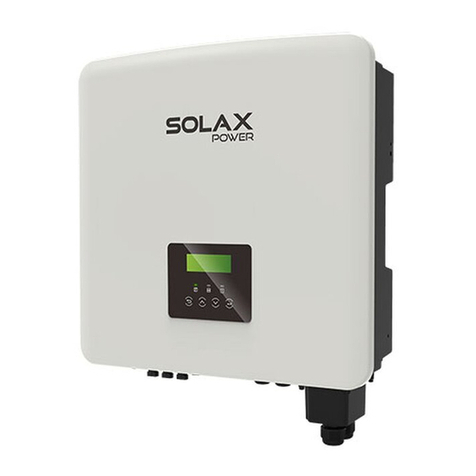Contents
1 Important Safety Information ............................................................................1
2 General Information..........................................................................................2
2.1 Product Overview.................................................................................2
2.2 Product Features...................................................................................3
2.3 Optional Accessories ............................................................................5
3 Installation Instructions.....................................................................................6
3.1 Mounting..............................................................................................6
3.2 Wiring..................................................................................................8
4 Operation........................................................................................................11
4.1 PWM Technology...............................................................................11
4.2 Battery Charging Information.............................................................11
4.3 HMI Interface.....................................................................................13
4.4 Operation and Displaying of Controller ..............................................15
System Monitor Interface...............................................17
Device Setting Interface.................................................20
Charging and Discharging Parameters Setting Interface.22
Load Control Interface...................................................25
Nominal Parameter Interface..........................................31
Factory Reset Interface..................................................32
5 Protection, Troubleshooting and Maintenance.................................................34
5.1 Protection...........................................................................................34
5.2 Troubleshooting..................................................................................35
5.3 Maintenance.......................................................................................38
6 Warranty.........................................................................................................39
7 Technical Specifications..................................................................................40





























